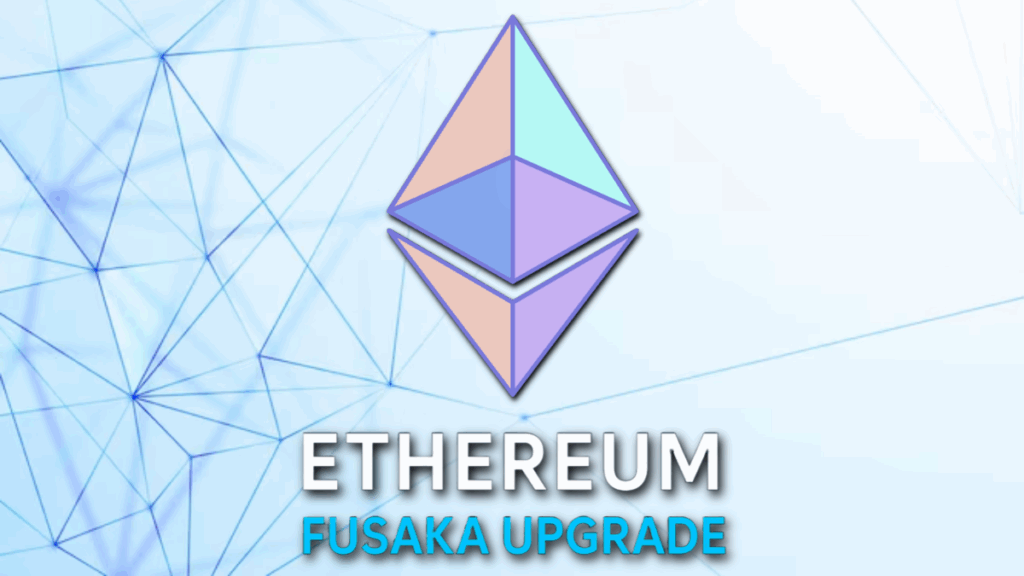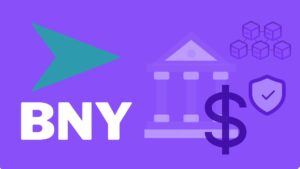TL;DR
- Ethereum developers confirmed Fusaka will launch in early November, adding 11 EIPs focused on scalability and security improvements.
- Preparations include multiple devnets and public testnets running through October.
- Meanwhile, discussions between the SEC and Ethereum-linked groups show growing interest in frameworks that could align tokenized securities with existing regulations, potentially easing the path for broader blockchain-based finance and attracting more institutional players.
Ethereum’s long-anticipated Fusaka upgrade is entering its final testing phase with a tentative launch window set for early November. The fork aims to boost scalability and overall network reliability, continuing the technical progress seen with the Pectra update earlier this year. Developers are confident that the 11 proposed EIPs, including EIP-7825 for security reinforcement and scalability gains, will help address current performance challenges without creating unnecessary complexity.
However, not every proposal made it into the final plan. EIP-7907 and the EVM Object Format, both seen as too demanding for the tight timeline, were removed to keep development realistic and focused. Test networks will run through September and October, giving developers and node operators a tight but manageable window to ensure the upgrade’s stability ahead of Devconnect, scheduled for mid-November in Buenos Aires.
Next Upgrade Plans Already Taking Shape
While Fusaka is the immediate priority, Ethereum core contributors are planning ahead with Glamsterdam, expected to roll out in 2026. A major idea on the table is to reduce block time from twelve to six seconds, which would double transaction throughput and improve decentralized application performance. Barnabé Monnot’s proposal will be evaluated at the next AllCoreDevs session on August 1. This possible shift could further cement Ethereum’s role as a leading smart contract network for years to come.
Simultaneously, growing validator support for raising the gas limit to 45 million signals confidence in Ethereum’s ability to handle greater demand. Vitalik Buterin recently shared that nearly half of staked ETH has signaled approval for this adjustment, suggesting the network’s scaling roadmap remains ambitious yet practical as competition intensifies.

SEC Weighs Options For Tokenization Rules
The regulatory climate may also be warming up. A recent SEC meeting with blockchain players such as the ERC-3643 Association and Chainlink Labs highlighted opportunities to align open token standards with securities laws. Dennis O’Connell, ERC-3643 Association president, noted the agency’s more collaborative tone and its interest in innovation-friendly rules.
SEC Chair Paul Atkins hinted at new exemptions to accommodate tokenized assets, a shift that could benefit Ethereum’s expanding role in regulated financial markets if talks progress positively this year.









